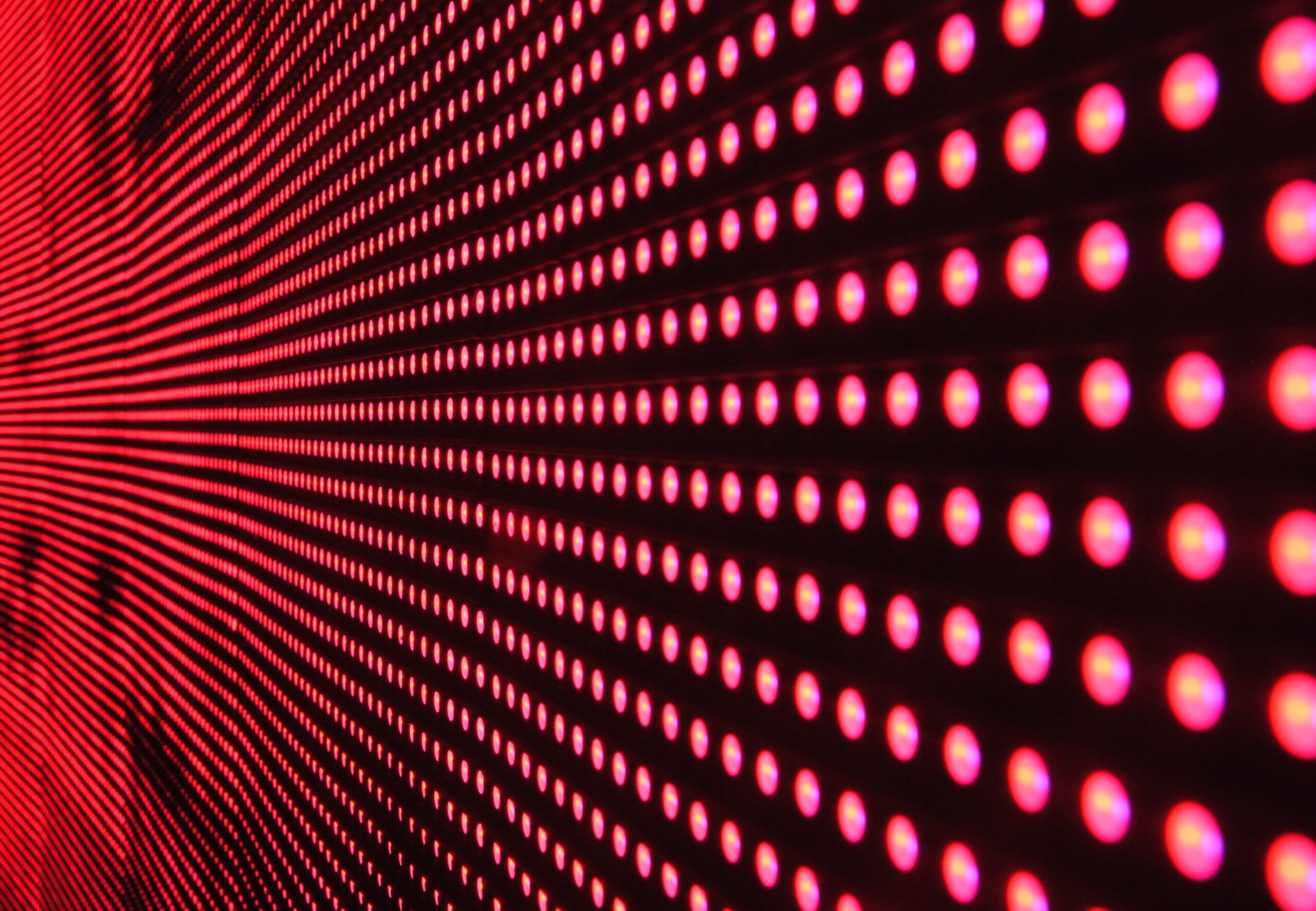
How does LiDAR compare to camera and RADAR technology?
LiDAR (Light Detection and Ranging) technology, cameras, and RADAR (Radio Detection and Ranging) technology are all sensor technologies used in various applications, particularly in autonomous vehicles, robotics, and remote sensing. Each of these technologies has its strengths and weaknesses, and their suitability depends on the specific application and requirements.
Here’s a comparison of LiDAR, cameras, and RADAR:
Working Principle:
LiDAR: LiDAR uses lasers to emit pulses of light and measures the time it takes for the light to bounce off objects and return to the sensor. Available in 2D and 3D configurations it creates a point cloud of the environment by measuring the distance to objects with high accuracy.
Camera: Cameras capture images using visible, infrared or ultraviolet light. They record 2D images or video frames, which can be processed to extract 3D information using techniques like stereo vision or structure-from-motion.
RADAR: RADAR uses radio waves and measures the time it takes for these waves to bounce off objects and return. As with LiDAR it can determine the distance, speed, and direction of objects.
Resolution and Accuracy:
LiDAR: Offers high-resolution and high-accuracy point cloud data. It can provide precise information about the shape and location of objects.
Camera: Offers high-resolution 2D images and videos, but extracting accurate 3D information requires additional processing, can be affected by lighting conditions and because it relies on relative positioning can be less accurate than LiDAR
RADAR: Provides distance and speed measurements but typically has lower spatial resolution compared to LiDAR. It can struggle with distinguishing between closely spaced objects.
Environmental Factors:
LiDAR: Sensitive to environmental factors like rain, fog, and dust, which can scatter the laser beams and reduce its effectiveness.
Camera: Can be affected by poor lighting conditions, such as low visibility, direct sunlight or fog.
RADAR: Less affected by environmental conditions and can operate more effectively in adverse weather.
Object Detection:
LiDAR: Excels at object detection and recognition due to its 3D point cloud data, making it suitable for applications like obstacle avoidance and mapping.
Camera: Good for object recognition and classification but may have challenges with depth perception in certain situations.
RADAR: Effective for detecting objects and determining their speed, but it will not provide as much detailed information about object shape as LiDAR.
Cost and Size:
LiDAR: Historically more expensive, especially for 3D versions but costs have been decreasing, and smaller, LiDAR devices are becoming more common.
Camera: Relatively inexpensive (depending on model) and compact.
RADAR: Cost and size can vary depending on the type (e.g., phased-array RADAR or traditional dish RADAR).
Integration:
LiDAR: Requires precise calibration and alignment for accurate data fusion. Often used in conjunction with other sensors.
Camera: Relatively easy to integrate into existing systems and is often used for visual perception in combination with LiDAR or RADAR.
RADAR: Works well with other sensors and can provide complementary information for object detection and tracking.
In practice, many autonomous systems use a combination of these technologies (sensor fusion) to take advantage of their respective strengths while mitigating their weaknesses. The choice of sensor technology depends on the specific use case, cost constraints, and environmental conditions.
We have a range of indoor and outdoor LiDAR sensors available and would be happy to offer advice on which model will be most suitable to meet your needs. You can find out more about our full selection of LiDAR scanners here or you can email us on sales@sensorshop.com with any queries.
Make sure to stay up to date with all our news, insights and product developments by following us on LinkedIn and X.
Popular news

What is Art… and how can LiDAR technology be used to create it?
LiDAR has found new applications in interactive art installations, enabling impressive immersive experiences.
Read more
How does LiDAR compare to camera and RADAR technology?
Comparison of LiDAR (Light Detection and Ranging), Camera and RADAR (Radio Detection and Ranging) technology.
Read moreGet expert advice on which product is best for you:
Germany: +49 7824 70397-50
United Kingdom: +44 1666 660016
Get in touch